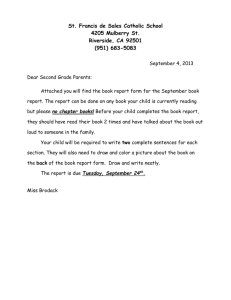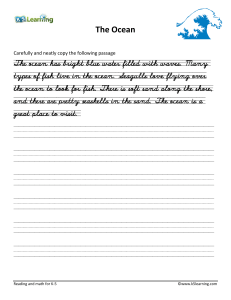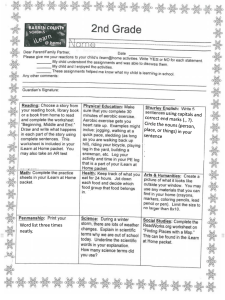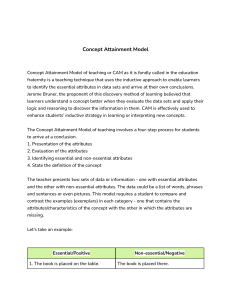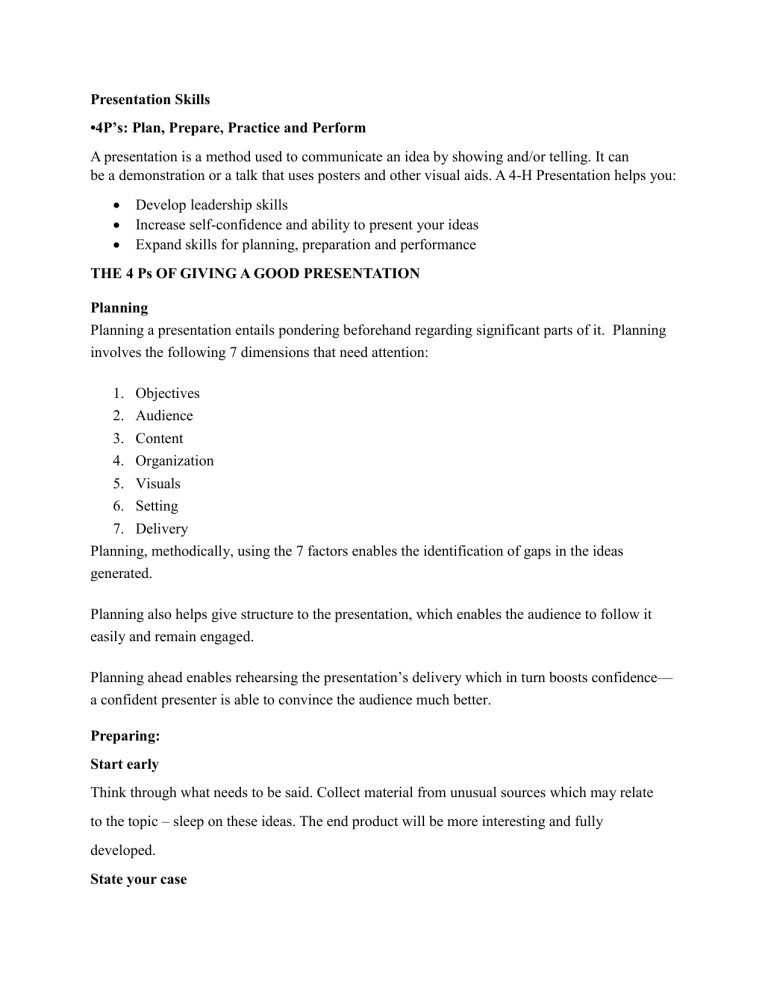
Presentation Skills •4P’s: Plan, Prepare, Practice and Perform A presentation is a method used to communicate an idea by showing and/or telling. It can be a demonstration or a talk that uses posters and other visual aids. A 4-H Presentation helps you: Develop leadership skills Increase self-confidence and ability to present your ideas Expand skills for planning, preparation and performance THE 4 Ps OF GIVING A GOOD PRESENTATION Planning Planning a presentation entails pondering beforehand regarding significant parts of it. Planning involves the following 7 dimensions that need attention: 1. 2. 3. 4. 5. 6. Objectives Audience Content Organization Visuals Setting 7. Delivery Planning, methodically, using the 7 factors enables the identification of gaps in the ideas generated. Planning also helps give structure to the presentation, which enables the audience to follow it easily and remain engaged. Planning ahead enables rehearsing the presentation’s delivery which in turn boosts confidence— a confident presenter is able to convince the audience much better. Preparing: Start early Think through what needs to be said. Collect material from unusual sources which may relate to the topic – sleep on these ideas. The end product will be more interesting and fully developed. State your case Using big letters and a bold pen, write a clear statement of the issue/problem and its importance. Pin the statement on the wall above your desk. Develop your ideas Develop the statement into one jargon-free sentence that will catch the attention of the audience. Next, identify the issues you plan to address – brainstorm, plan, etc. Know your audience Think about them. What do they already know? Don’t assume they will already be familiar with basic concepts – outline these briefly but clearly early in the talk to avoid confusion. The ‘elevator’ presentation Try thinking that you have no more than two/three minutes in a moving elevator/lift to explain the essence of your presentation: this exercise forces you to be clear and concise. You as a facilitator Try thinking of your presentation in terms of a problem for which you are offering a solution. Strip it to the essentials: What are your main arguments? What evidence can you offer Attempt to identify problems or questions the audience may have and address them in the talk, before the audience has a chance to think of these things themselves Structuring Arrange these issues in a logical order and sequence (this is flexible). This is easier if you use index cards and put one idea/issue on each card. Retention of information by the audience is reduced as a talk proceeds, so if you do want to make a series of points, organize them from the most to the least important. That way, the audience is more likely to remember the important points later. You may even find that the less important points become irrelevant to the focus of the talk as you practice. Use transition elements which will help your audience to follow the link from one issue to the next. These should be logical, and may be presented by posing a question, or explaining your own discovery of the link's existence. Use short sentences with simple constructions. Your ‘message’ will be made clearer and the sentence structure is more similar to conversational styles. Work in drafts Run through the talk once at a very early stage (like producing a first draft). Go over it and rethink it. Discard non-essential elements. Be strict about including only what is essential information for the presentation, and removing all the non-essential tidbits. Practice – Practice – Practice Out loud, around six times With props In front of a mirror Time your presentation so you will know if you need to remove or add words. This is where that extra information may come in handy. Remember that you should always be talking, so if it takes you longer to load or unload a tray than you have words to say, then you know you need to make some changes. Present/ Perform: Dress neatly. You can even dress for the topic you are presenting. For example, if you are talking about building wood duck houses you could wear camouflage clothing. Be sure everything is in place before you begin. Work quickly and neatly. Look at the audience, not down at the demonstration table or your notes too often! Speak naturally in a clear loud voice so your audience can hear you. Smile at your audience, relax and enjoy what you are doing. Goofs do happen go right on with your presentation and explain what happened. Weave personal experience into your presentation. Keep notes available, but never read from them or rely on them too heavily. Be enthusiastic. Take time to review your presentation. How well did it go? You might ask your leader or someone else to give you suggestions on what you did well and how you could improve.

